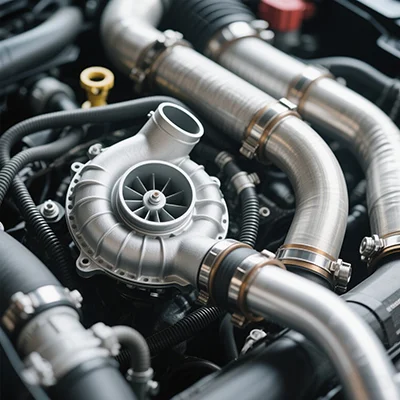In today's digital age, printing documents has become an essential part of our daily lives. However, with the increasing focus on environmental sustainability and cost-effectiveness, it is crucial to optimize our printing practices. One such practice is double-sided printing, which not only reduces paper waste but also saves money. In this blog post, we will delve into the intricacies of double-sided printing and provide you with a step-by-step guide on how to print in double-sided.
- Understanding Double-Sided Printing:
Before diving into the technicalities, it is essential to grasp the concept of double-sided printing. Also known as duplex printing, it refers to the process of printing on both sides of a sheet of paper. This technique not only conserves resources but also enhances the overall professionalism of your printed materials. - Double-Sided Printing Options:
To print in double-sided, you need to be aware of the available options. There are two primary methods: a. Automatic Duplexing: Many modern printers come equipped with an automatic duplexing feature. This feature allows the printer to automatically print on both sides of the paper without any manual intervention. We will guide you on how to enable this feature on your printer. b. Manual Duplexing: In case your printer does not support automatic duplexing, you can still achieve double-sided printing by manually flipping the pages. We will provide you with detailed instructions on how to do this effectively. - Enabling Automatic Duplexing:
If your printer supports automatic duplexing, follow these steps to enable it: a. Printer Settings: Access the printer settings on your computer by navigating to the Control Panel or System Preferences, depending on your operating system. Locate the "Printers" or "Printers and Scanners" option. b. Printer Properties: Select your printer from the list and click on "Properties" or "Preferences." Look for the "Duplex" or "Double-Sided Printing" option and choose "On" or "Enabled." c. Print Document: Open the document you wish to print and select "Print" from the File menu. Ensure that the "Print on Both Sides" or similar option is selected. Adjust any additional settings, such as orientation or paper size, if required. d. Print Confirmation: Click on "Print" to initiate the printing process. Your printer will automatically print on both sides of the paper. - Manual Duplexing Techniques:
For printers without automatic duplexing, follow these steps for manual double-sided printing: a. Print Odd Pages: Open the document and select the option to print only the odd pages. This will print the first side of each page. b. Page Order: After the odd pages are printed, collect the printed pages and ensure they are in the correct order. Check the page numbers if necessary. c. Flip and Reinsert: Take the stack of printed pages and flip them horizontally. Reinsert them into the printer's paper tray or manual feed slot, ensuring the correct orientation. d. Print Even Pages: In the print settings, select the option to print only the even pages. This will print on the reverse side of the odd pages. - Tips for Optimal Double-Sided Printing:
To enhance the quality and efficiency of your double-sided printing, consider the following tips: a. Paper Selection: Choose a high-quality, slightly thicker paper to prevent ink bleed-through and improve durability. b. Margin Adjustments: Adjust the margins of your document to ensure that important content does not get cut off during the printing process. c. Proofreading: Carefully proofread your document before printing to avoid wasting paper due to errors or omissions. d. Print Preview: Always preview your document before printing to ensure proper formatting and layout.
Conclusion:
Mastering the art of double-sided printing is a valuable skill that can significantly reduce paper waste and save costs. By following the steps outlined in this comprehensive guide, you can effortlessly print in double-sided, whether your printer supports automatic duplexing or requires manual intervention. Embrace this eco-friendly printing practice and contribute to a greener and more sustainable future.






+ There are no comments
Add yours